Earth-Like Planet a ‘Stone’s Throw Away’
Astronomers have discovered a planet that appears to offer some of the most Earth-like conditions found anywhere in the galaxy.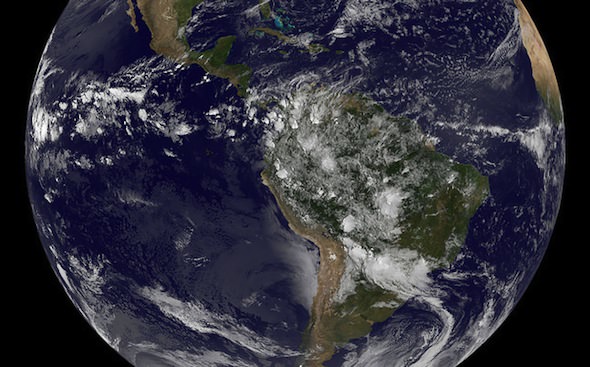
Astronomers have discovered a planet that appears to offer some of the most Earth-like conditions found anywhere in the galaxy.
The Independent reports:
Located just 16 light years away from our planet, Gliese 832c is a super-Earth with a mass 5.4 times that of our own planet orbiting a red dwarf star every 36 days.
This orbit means that Gliese 832c is much closer to its host star than we are to ours, but because its red dwarf star has only half the mass of our Sun the planet receives around the same amount of stellar energy as we do.
This puts Gliese 832c in the habitable or ‘Goldilocks zone’ in its solar system – a sweet spot where it is neither too hot nor too cold for liquid water to exist upon the planet’s surface.
“With an outer giant planet and an interior potentially rocky planet, this planetary system can be thought of as a miniature version of our Solar System,” said professor Chris Tinney of the University of New South Wales where the super-Earth was discovered.
“If the planet has a similar atmosphere to Earth it may be possible for life to survive, although seasonal shifts would be extreme,” he added.
Read more here.
— Posted by Alexander Reed Kelly.
Your support matters…Independent journalism is under threat and overshadowed by heavily funded mainstream media.
You can help level the playing field. Become a member.
Your tax-deductible contribution keeps us digging beneath the headlines to give you thought-provoking, investigative reporting and analysis that unearths what's really happening- without compromise.
Give today to support our courageous, independent journalists.

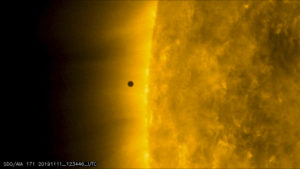


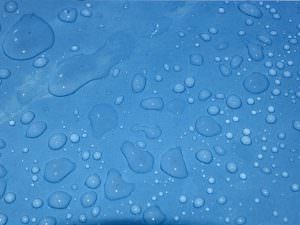
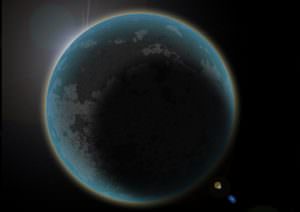
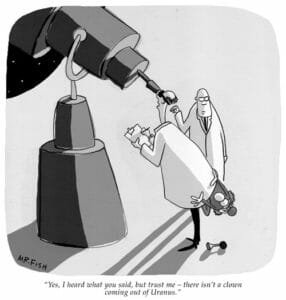


You need to be a supporter to comment.
There are currently no responses to this article.
Be the first to respond.